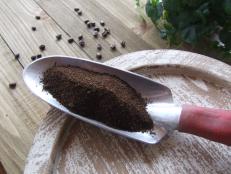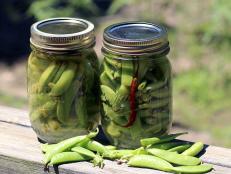How To Grow Tomatillos
Tart and tasty tomatillos are your secret weapon when it comes to making authentic Mexican food. Here’s all you need to know about growing tomatillos.
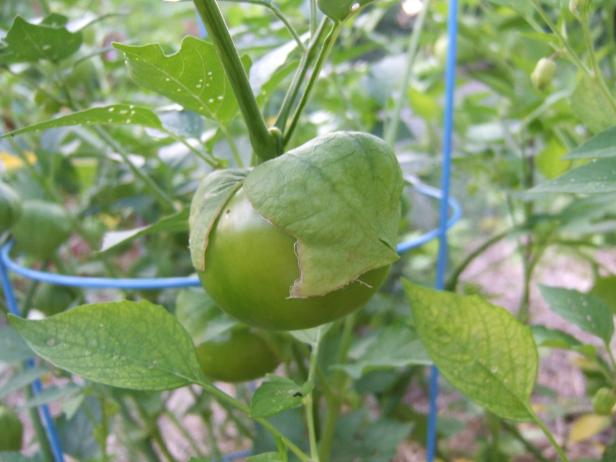
Julie Martens Forney
If your family loves Mexican food and fresh salsa, make room for tomatillos in your garden. Also known as husk tomato, tomatillo forms its fruit within a husk that turns dry and papery as fruits mature. Instead of being juicy like a tomato, a tomatillo (which literally means “little tomato”) has a more solid center with an almost grainy appearance. The flavor boasts citrusy, tart notes that blend well with poultry, pork and summer veggies like peppers, zucchini, corn and tomatoes.
Cousin to tomatoes, tomatillo comes from Central America, where it grows wild in corn and bean fields. In Mexican and Guatemalan cultures, it’s known as miltomate and is a staple ingredient for making dishes like salsa verde, chile verde and classic moles. For its unique flavor and unusual fruit form, tomatillo is definitely worth growing. Here’s how.
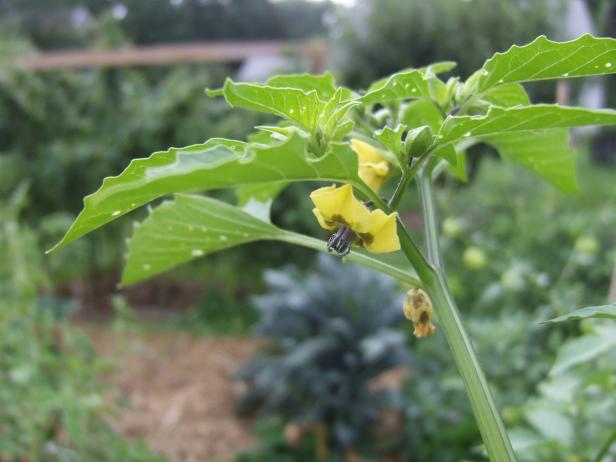
Julie Martens Forney
Start With Two
With tomatillos, you need at least two plants because the flowers must be cross-pollinated to set fruit. Plan for each plant to yield roughly one pound of fruit over the course of the growing season. Most tomatillo-based recipes start with half a pound of fruit. You should grow two or three plants to have enough ripe fruit at the same time to whip up something tasty.
Planting Tomatillos
Like its tomato cousin, tomatillo thrives in the summer heat. Wait for all chances of frost to have passed before planting. Aim to get seedlings into the ground when nights are reliably above 55 degrees. Give plants a sunny spot — these are true bathing beauties that crave summer sun. Tomatillos thrive with rich soil. Be sure to add compost or rotted manure prior to planting.
As with tomatoes, plant tomatillos deeply, burying up to two-thirds of the stem. Tomatillo stems readily grow roots, so any buried part of the stem quickly sprouts roots to help fuel plant and fruit growth.
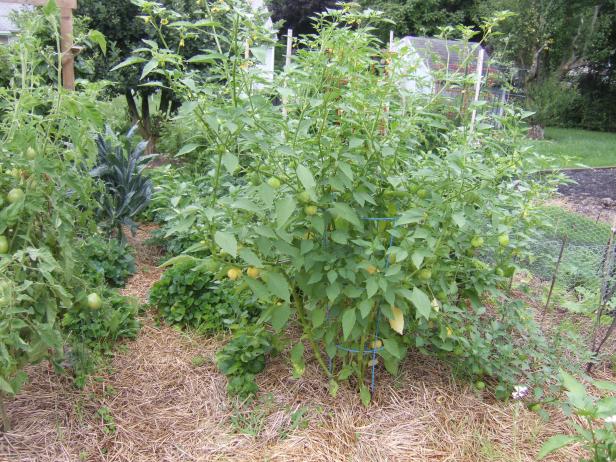
Julie Martens Forney
Tomatillo Care
Tomatillo plants don’t demand special care. Definitely give plants a sturdy cage-type support. The stems tend to sprawl, and if they touch the ground, they’ll root, gradually taking over more space in your garden. Plants usually grow 36" to 48" high and can spread about the same amount. Once fruit forms, it weighs branches down. Giving plants some support can help prevent ripening tomatillos from lying on the ground, where pests will attack.
Watering is also key. Like with tomatoes, peppers or eggplants, consistent watering keeps the plant healthy so it can support the heavy fruit load. It’s a good idea to mulch beneath plants to suppress weeds, help the soil stay moist and protect tomatillos that fall on the ground from rotting instantly.
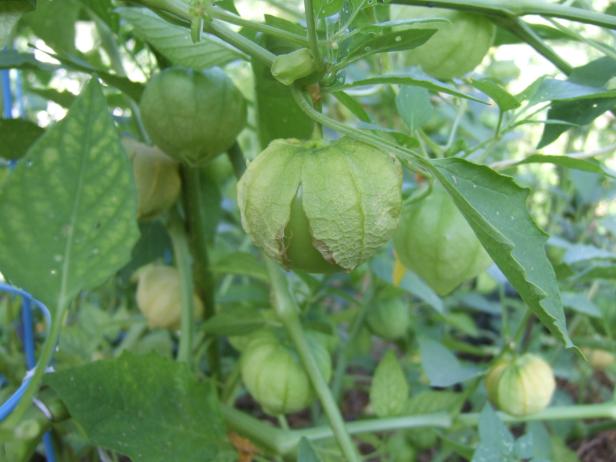
Julie Martens Forney
When To Pick Tomatillos
When a tomatillo starts to form, it’s like a marble tucked inside a blown-up balloon. You want to wait to pick until the fruit fills out the husk. Tomatillos are green and firm when ripe. Sometimes the husk will start to split at the bottom. This is a signal that you need to harvest, but you don't have to wait for the husk to split. As long as the fruit has filled out the husk, it's good to go. Just give the husk a gentle squeeze to see how large the fruit is — you won't hurt the plant.

Julie Martens Forney
An overripe tomatillo turns yellow or purple and splits the husk (which is usually brown and papery at this point) wide open. Overripe fruits tend to be soft and mealy or mushy in texture. The flavor lacks that tart bite tomatillos are famous for delivering.
Indoors, store tomatillos — in their husks — on the counter for five days. For longer storage, tuck tomatillos into a paper bag in your fridge’s veggie bin. They should last two to three weeks. Remove the husk before eating. Tomatillo fruits freeze well. Just chop and place into zipper bags or containers.
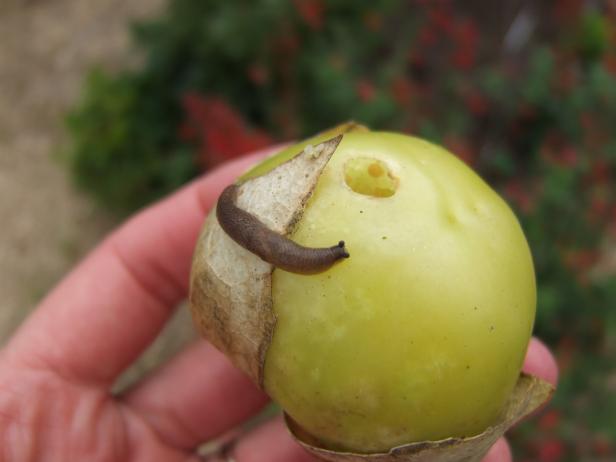
Julie Martens Forney
Potential Problems
You won’t have too many issues when growing tomatillos. In high humidity regions, leaves may develop some fungus diseases, but staking plants helps improve airflow and reduce outbreaks. Flea beetles like to feed on leaves, producing lots of little holes (visible on the overripe tomatillo, above), but this doesn’t really damage the plant’s ability to grow or yield lots of fruit.
Tomatillos that fall on the ground quickly attract pests like slugs, yellow jackets, pill bugs and millipedes. Gather and remove any fallen fruit, taking it far away from the tomatillo patch. If possible, bury it in your compost or toss it in the disposal. Be careful gathering fallen fruit with holes in them in late summer and autumn because there are often wasps feeding inside.
Tomatillo Recipes from Food Network
Get Food Network's best tomatillo recipes — from traditional Mexican dishes to fun and creative cocktails.








